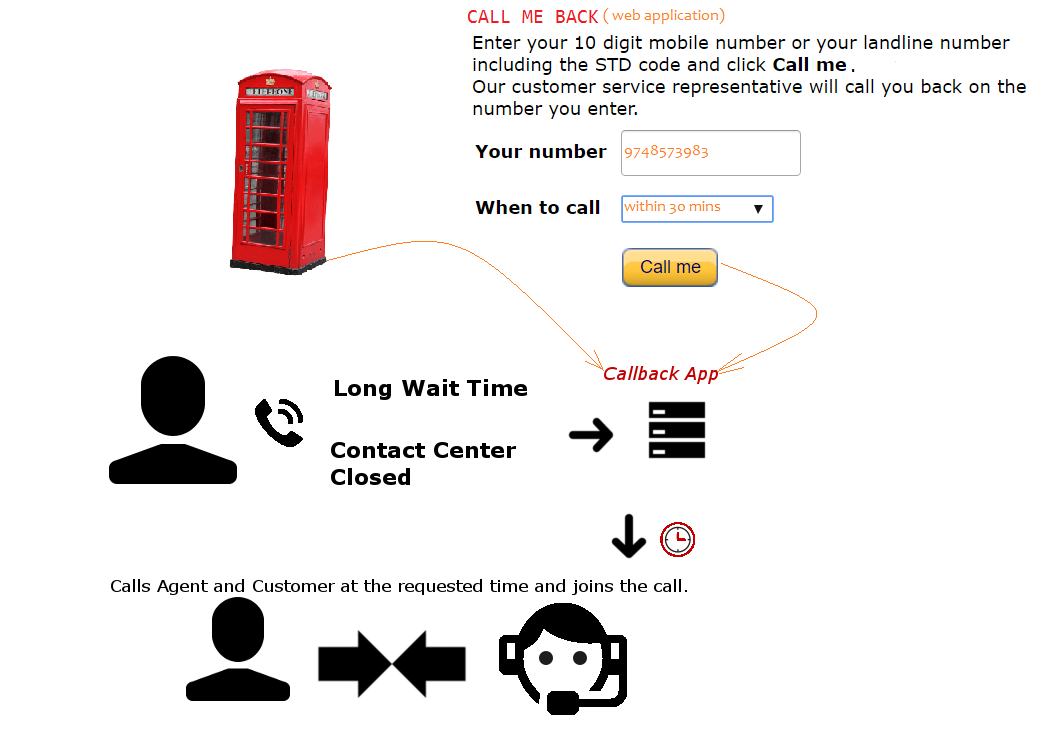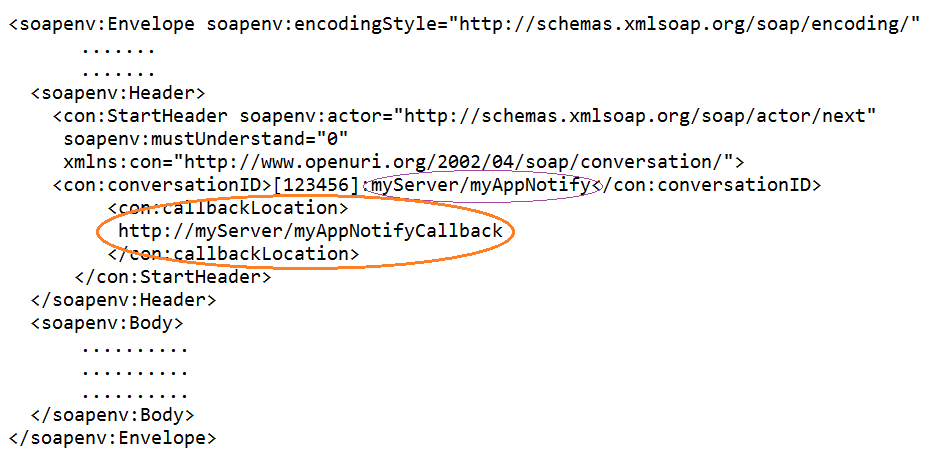Assume you are calling a customer care center from your telephone. Once connected, you hear an automated message saying that all of their customer care executives are busy, and so ask you to wait on the line. You may even be one of many waiting for the same service executive (concurrency and multiple threads). Now, you have two options to choose from; one is to hold the line and wait for someone to speak to, and two is to hang up and try again after some time. However, trying again after some time may have you ending up in the same situation.
How about the customer care executive calls you back? You dial the number, the system picks up your number, and says that it will call you back automatically when the customer care executive is free so that you do not need to wait.
Imagine a web service that takes a longer time to complete its tasks, but the caller or the consumer of the service does not want to wait for all the tasks to be completed, and also the consumer needs to know once all the process/tasks get completed. This is similar to our earlier example of a client calls a customer care executive but do not want to wait in the queue either.
Service callback pattern implementation is the best approach to fulfil such requirements.

The preceding diagram depicts various calling systems (a web page, telephone, and contact center app) using a callback app that exercises the service callback pattern.

The service callback pattern suggests that the consumers of services communicate asynchronously with the services and make sure to provide callback addresses in the message, with which services can use the same callback address to communicate back with the client.
The preceding diagram depicts a scenario of a consumer calling the service asynchronously through the message. The message contains the callback address, so once the service completes its process, it uses the callback address to communicate and respond back. The service callback address can be a phone number, an email address, or it can be another service endpoint that can do further business logic and respond to consumers.

In our first example, the callback address is the client's phone number, which the service would call. The second example may contain an email address or callback URL (of the same or even another service) with the status of upload as a response.
The benefits of the service callback are as follows:
- Extremely useful in cases where the request needs to wait for a longer response time
- Best implementation of loose coupling of services
- Best choice for message broadcast requirements
The impacts of the service callback are as follows:
- As this patterns mostly deals with asynchronous communication, it may introduce reliability concerns
- May require more infrastructure upgrades to support the necessary callback correlation
- Handling request and response errors is usually more challenging
More examples of a service message with the service callback pattern design are as follows:
- A software system that needs a service to load a large file and read its content line by line then upload to the database probably after validating each line. As it is typically massive in size and the caller of the system cannot wait for the longer process to complete, at the same time, a notification is sent to the caller once the upload is complete.
- Stock trading system and stock quote ticker services.
- Booking complete status, email notifications, and so on.
